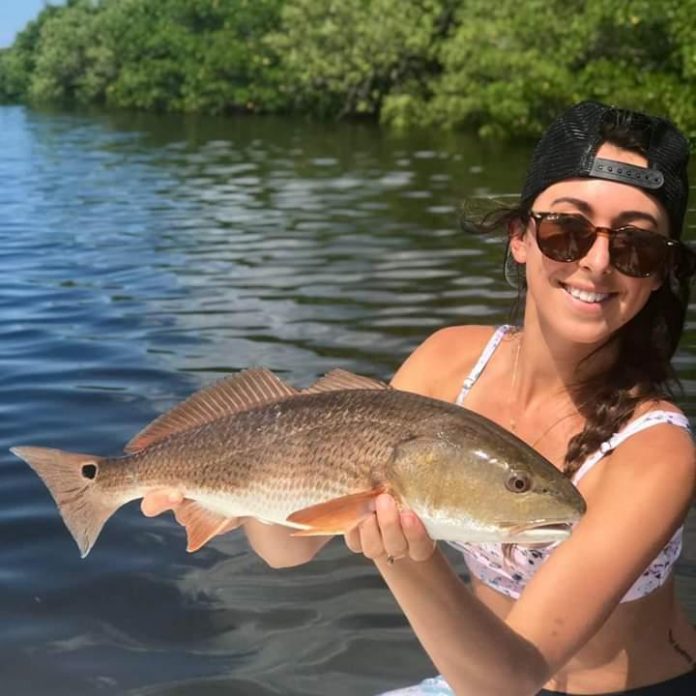FRANK SARGEANT
Published: Aug 10, 2003
Between the oppressive heat, humidity and lightning storms, late summer is a time when many anglers prefer to stay close to the air conditioner and watch football on TV. But for those who don’t mind timing their trips and getting in the water with the fish, August and September can be productive and reasonably comfortable. Wade-fishing is a highly effective approach to flats angling. In the right conditions, anglers in the water often outfish those who don’t want to get their feet wet. The silent movement and minimal profile mean that fish rarely spook from a wader, and the necessarily slow approach means that waders fish slowly and thoroughly, catching the fish that are there rather than spending most of their day buzzing from flat to flat. The ideal combo is to use a boat to get to the best flats, then go over the side; while there’s some good wade-fishing to be had from shore, a boat of any description – including a kayak or personal watercraft – opens more water to the wader. Some of the better spots accessible from shore were covered in a June column. But even better locations await those who combine boating with wading. Because waders can’t move around rapidly, experts such as Capt. Fred Everson of Ruskin time trips to the prime tide flows each month. For Everson, this is around the new and full moons, when strong outgoing tides typically occur near sundown – the time when the water is starting to cool and the fish are becoming more active. The extreme outflows seem to turn on current-oriented fish such as snook, which like to gather around little swash channels through the outer bar on the last hour or two of falling water. There, they pick off the baitfish forced off the flat by the low water. The flats also can reveal tailing reds on the latter stages of a strong outflow; find good grass in water less than knee deep and you may see the fish waking, and sometimes even sticking their tails completely out of the water as they root for food on the bottom. Tailing reds are notoriously hard to catch from a boat, and are often in water too shallow for anything but a jonboat or canoe. But they can readily be approached and caught by a patient wader willing to ease in slowly and quietly. Around Tampa Bay, just about every shoreline has good wading flats; seek those that are about thigh-deep on high water, and calf deep on low, with a firm sand bottom and plenty of grass or oysters. On the east shore, there’s good wading starting at Apollo Beach and running to Anna Maria. The west shore of Old Tampa Bay is equally productive, particularly in the Weedon Island area. There are plenty of fish in the shallows around Fort DeSoto as well, but some of the inside flats are too soft for comfortable wading. Much of the Intracoastal Waterway between St. Petersburg and Dunedin also offers good wading, as does the hard bottom areas around the spoil islands of St. Joe Bay. Long Bar at Sarasota Bay is a famed wading spot. The north shore of Old Tampa Bay can be a productive wading area, but you have to choose your spots; some are firm, others have mud that makes it tough to move. Check out Double Branch Creek in particular. Most avid waders arm themselves with 7-foot or longer spinning rods, long-cast spinning reels and microfiber line in 10-pound test. This allows lots of range, important when you don’t have a trolling motor or a pushpole to get you close to the fish. Topwater plugs are a favorite with many waders because they don’t snag the shallow grass. However, at this time of year, some flats are plagued with drifting moss and dead floating grass, making treble- hook lures tough to fish. In that case, weedless-rigged soft plastic jerk baits or weedless single-hook spoons are best. To be sure, wade-fishing presents some challenges, not the least of which is the number of stingrays around this time of year. But the quality of fishing available makes the risk worth taking for many who don’t mind getting their shorts wet.
- Jay Mastry - March 26, 2024
- Captains Corner, Gorta - March 23, 2024
- Dave Zalewski - March 12, 2024











